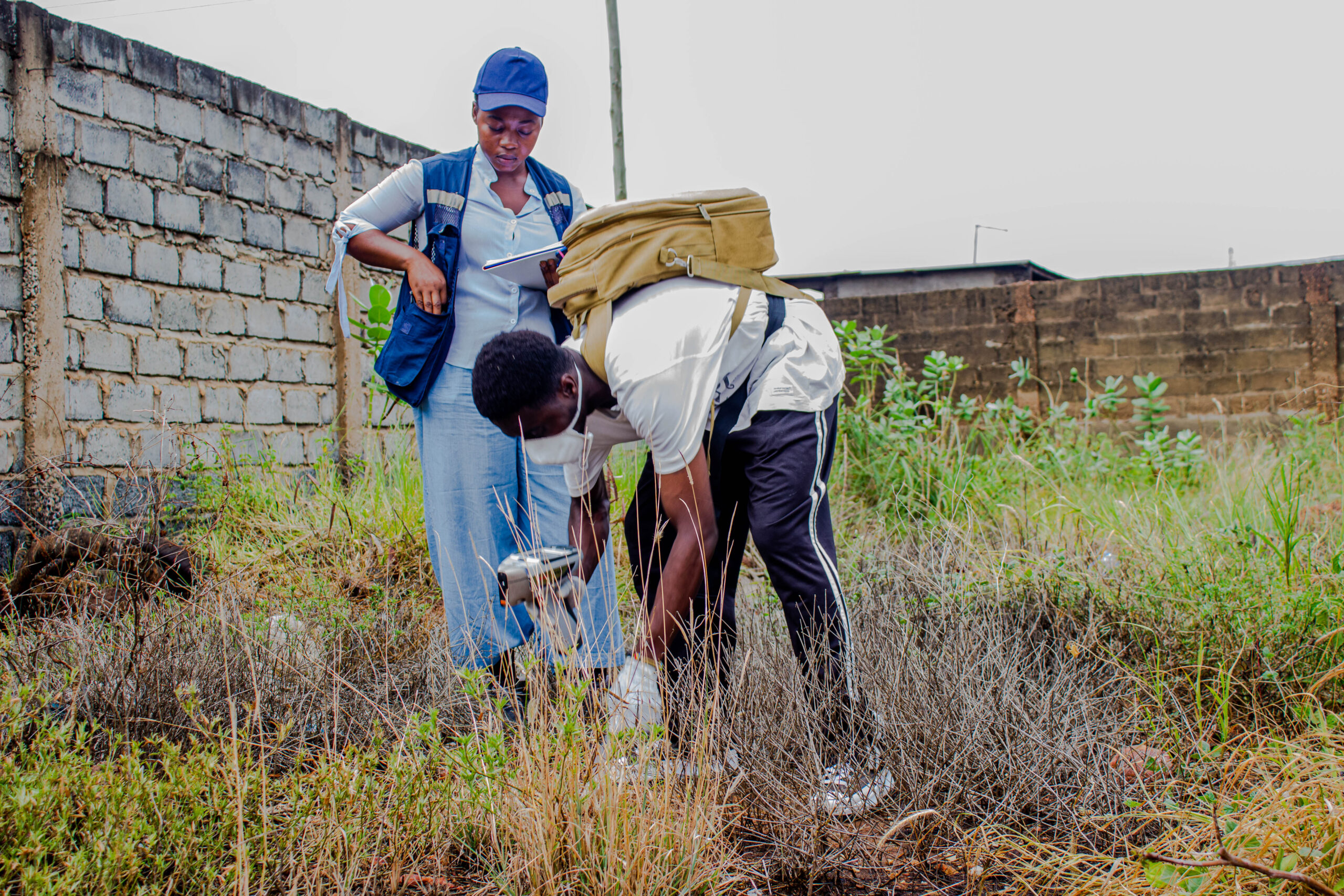Bremang Lead Remediation Project

The project aims to mitigate the risk of heavy metal exposure among children due
to lead pollution at the Bremang site in Kumasi, Ghana. Once a center for used lead-acid battery and scrap
metal smelting, the site now poses significant health and environmental risks due to high concentrations of lead in the soil, affecting approximately 6000 m² of land. The contamination particularly endangers local
children, whose health is most vulnerable to lead poisoning.
Led by the Suame District Assembly with support from Pure Earth, this project aims to mitigate lead exposure through a comprehensive soil capping intervention, alongside extensive community engagement and educational initiatives. The remediation strategy will involve clearing and excavating the contaminated soil, disposed in a proper way, and applying and installing a clean soil cap to prevent further exposure. These efforts will be complemented by targeted community education campaigns designed to raise awareness about the risks of lead poisoning and promote preventive health measures.
The project aligns with Suame Assembly District priorities and Pure Earth’s mission to address legacy
pollution and its impacts on human health, offering a sustainable and replicable model for similar
environmental challenges in Ghana and beyond.
Project Timeline
The project is planned to be implemented over a span of 3 months, including all preparatory, execution, and
monitoring phases. Find below the detailed timelines with specific milestones to ensure effective project
management and delivery
Project Goal, Objectives, Activities and Outcomes
Project goal: To protect public health by reducing lead exposure in the Bremang community.
Objective 1: To enhance the expertise and capabilities of Suame District Assembly, including the
Environmental Protection Agency (EPA) in implementing effective lead risk mitigation measures.
The project objective aims to build and strengthen the knowledge and skills of local government agencies,
notably the Environmental Protection Agency (EPA) and the Suame District Assembly’s environmental
inspectors, to effectively manage and mitigate lead risks. There will be a one-day capacity-building initiative
and practical demonstrations of the remediation and post remediation methodology. This project objective
seeks to equip these agencies with the latest methodologies, tools, and best practices for assessing and
addressing lead contamination.
Expected Outcome
The project objective involves conducting a thorough evaluation of the remediation efforts undertaken at the Bremang site to ensure that lead contamination has been effectively mitigated. The evaluation will include a comprehensive post-remediation assessment, which will involve collecting and analyzing soil, water, and environmental data to confirm that contamination levels have been reduced to safe thresholds.
The findings from this assessment will be systematically documented in a detailed report.
This report will outline the outcomes of the remediation efforts, highlight any residual risks, and provide
recommendations for future monitoring and maintenance to sustain the safety and health of the community and environment. This activity not only verifies the success of the interventions but also serves as a critical source of information for continuous improvement and accountability in environmental management.
